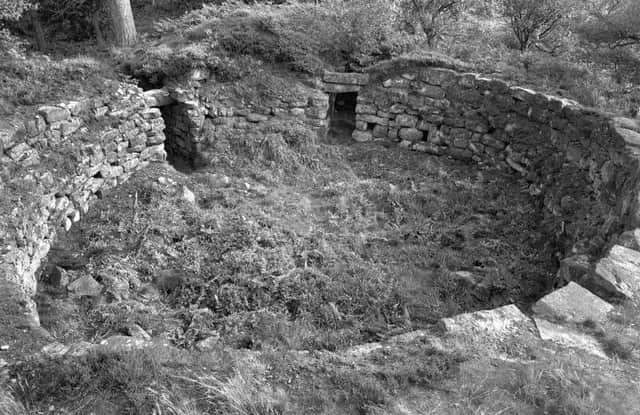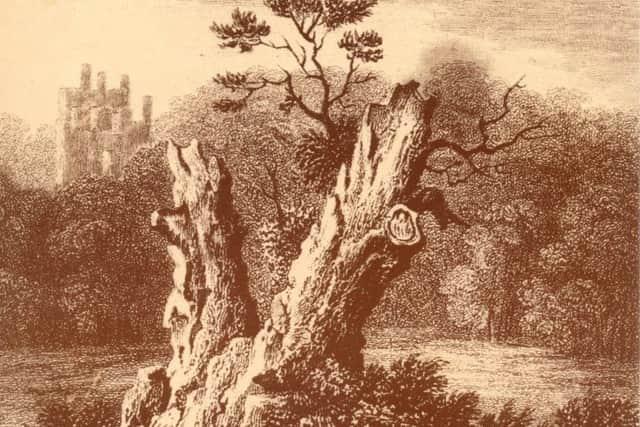Column: Taking a closer look at a local '˜historical hotspot'


Torwood is certainly one of them though today it is little more than a small hamlet north of Larbert, where travellers in the 19th century paid to use the turnpike road to Stirling.
But if you take a closer look you’ll find many remnants of the past which carry us back over 2000 years to our iron age ancestors.
Advertisement
Hide AdAdvertisement
Hide AdHidden on the wooded slopes is the great ‘broch’ of Tappoch, a huge stone circular structure, 80 feet in diameter with walls nearly 20 feet thick containing rooms, passages and stairs and enclosing a 30 foot diameter courtyard.


Today it stands only a few feet high but in its heyday it might well have risen to 20 or more like those still found in the north-west of Scotland. Brochs are rare in the Lowlands and scholars have never quite managed to explain its southern location.
It has been excavated on several occasions and the evidence suggests that it may have been occupied by the ‘Caledonian’ tribes who faced the Roman invaders in the 1st century AD.
A few years ago Geoff Bailey cleared the surviving stonework of weeds and it is now possible to see the original layout.
Advertisement
Hide AdAdvertisement
Hide AdIt is one of Scotland’s most important historical monuments.
A much later survivor is Torwood Castle built in 1566 for Alexander Forrester of Torwood whose family had been official keepers of the Royal Forest since 1400.
This was a period of family feuds and the Forresters often found themselves in conflict with their neighbours the Bruces and Livingstons.
Today the castle is a ruin but it is possible to imagine how grand it once was – much more so than the familiar tower houses.
Advertisement
Hide AdAdvertisement
Hide AdThe building had a lengthy period in the modern era in the hands of a gentleman called Gordon Miller who almost single-handedly cleared and repaired what was left of the building.
Some of his ‘improvements’ were a bit eccentric but at least helped ensure that it is still there. Today its future is uncertain though we live in hope that something will be done to preserve and protect it.
In the late 15th century the forest of Torwood played an important part in supplying the dockyard of James IV at Airth with the oak required to repair the great wooden ships of the Scottish navy.
At that time the forest spread across what is now the main road covering much of the lands of Glenbervie, formerly called Woodside.
Advertisement
Hide AdAdvertisement
Hide AdIt features in tales of retreating Scottish armies which found shelter within its shade.
Most famous of the trees was a hollow oak known in legend as ‘Wallace’s oak’ where the hero was said to have hidden in 1298 after the failed battle of Falkirk.
It had a girth of over 20 feet and probably stood close to Wallacebank Wood now part of the Golf Course. It was depicted in 1771 by Alexander Nasmyth in a drawing which also includes a view of the ruined castle.
It was a place of pilgrimage and when it fell down around 1779 bits of the timber were carved into souvenirs.
Advertisement
Hide AdAdvertisement
Hide AdThe Prince Regent, later George IV, received decorated boxes from Sir Walter Scott and John Russell the Falkirk clockmaker, and the Earl of Buchan, who was a great Wallace enthusiast, had a snuff mill sent as a gift to George Washington who was the current champion of those fighting ‘oppression’.
I suppose Donald Trump will have it now, which is a bit ironic!